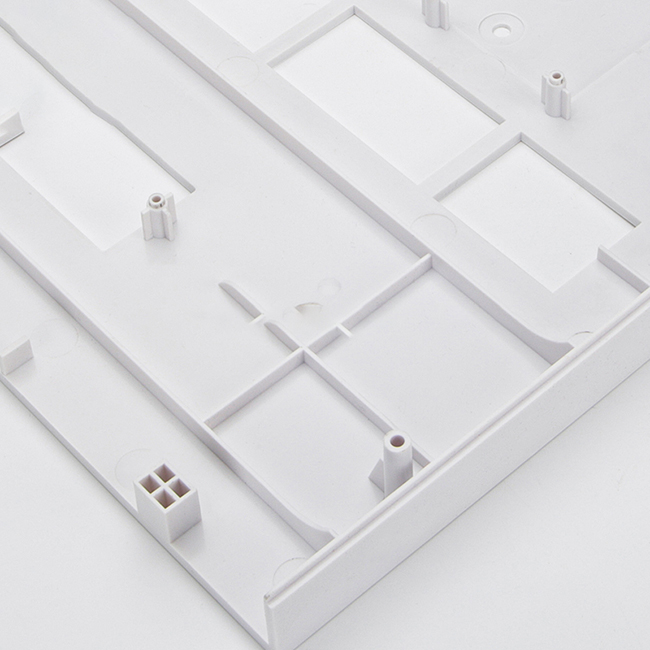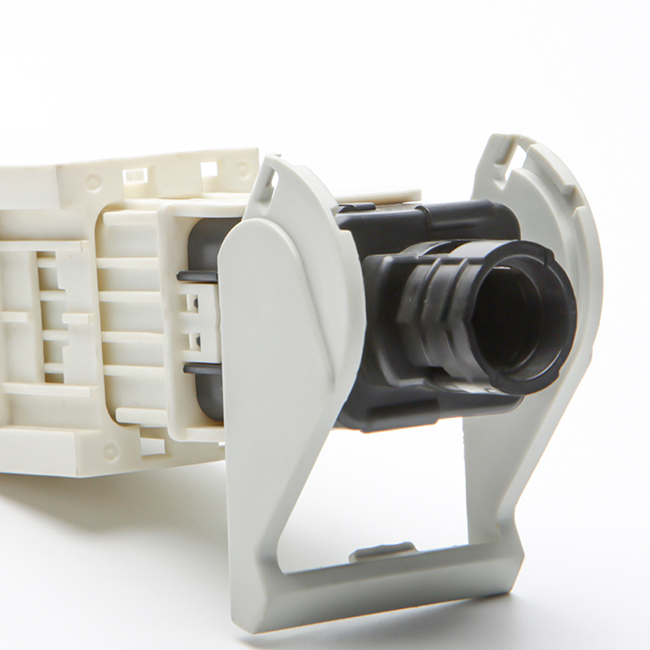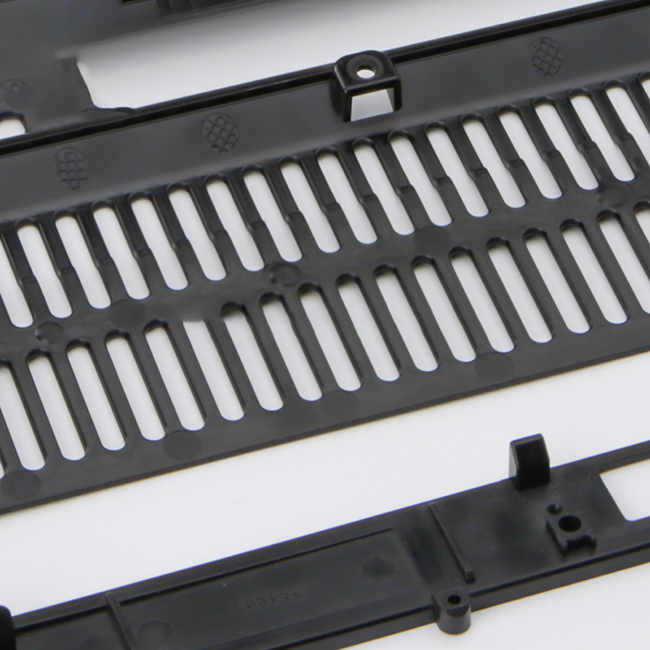Table of Contents
Advantages of Using HDPE Injection Molding for Plastic Products
High-Density Polyethylene (HDPE) injection molding is a popular method for producing a wide range of plastic products. This process involves melting plastic pellets and injecting them into a mold to create a specific shape. HDPE is a versatile material that offers many advantages for manufacturers looking to produce high-quality plastic products.
One of the main advantages of using HDPE injection molding is its durability. HDPE is a strong and rigid material that can withstand a wide range of temperatures and environmental conditions. This makes it ideal for products that need to be durable and long-lasting, such as storage containers, automotive parts, and outdoor furniture.
In addition to its durability, HDPE is also a lightweight material, making it easy to transport and handle. This can help reduce shipping costs and make it easier for manufacturers to produce large quantities of products. HDPE is also resistant to chemicals, making it a popular choice for products that come into contact with harsh substances, such as cleaning supplies or automotive fluids.
Another advantage of using HDPE injection molding is its versatility. HDPE can be easily molded into a variety of shapes and sizes, allowing manufacturers to create custom products to meet their specific needs. This flexibility makes HDPE a popular choice for a wide range of industries, from packaging and construction to healthcare and electronics.
HDPE injection molding is also a cost-effective option for manufacturers. The process is relatively quick and efficient, allowing for high-volume production at a low cost. HDPE pellets are also readily available and affordable, making it a cost-effective material for producing plastic products.
| Surface finish | Polishing Finish / Slik Print / Texture Finish / Rubber Painting / Glossy Finish / Painting / Slik-Screen / Pad Print / EMI Coating / Electronic Plating / Laser Marking / Etc. |
| Packing | PE bag + paper card/paper skin + export-grade carton / crate / Pallet |
Furthermore, HDPE is a recyclable material, making it an environmentally friendly choice for manufacturers. By using recycled HDPE pellets, manufacturers can reduce their carbon footprint and help protect the environment. This can also be a selling point for consumers who are looking for sustainable products.

Overall, HDPE injection molding offers many advantages for manufacturers looking to produce high-quality plastic products. Its durability, lightweight nature, versatility, cost-effectiveness, and recyclability make it a popular choice for a wide range of industries. By choosing HDPE injection molding, manufacturers can create durable, custom products that meet their specific needs while also reducing their environmental impact.
Sustainable Practices in Manufacturing Other Plastic Products
Plastic products have become an integral part of our daily lives, from packaging materials to household items. However, the environmental impact of plastic production and disposal has raised concerns about sustainability. In recent years, there has been a growing interest in finding more eco-friendly alternatives to traditional plastic manufacturing processes. One such alternative is HDPE injection molding, which offers a more sustainable approach to producing plastic products.
HDPE, or high-density polyethylene, is a type of plastic that is known for its durability and resistance to chemicals. It is commonly used in a variety of applications, including packaging, containers, and automotive parts. HDPE injection molding is a manufacturing process that involves melting down HDPE pellets and injecting the molten plastic into a mold to create a specific shape or design.
One of the key benefits of HDPE injection molding is its ability to produce high-quality, durable plastic products. HDPE is a versatile material that can be molded into a wide range of shapes and sizes, making it ideal for a variety of applications. Additionally, HDPE is a recyclable material, which means that it can be melted down and reused to create new products, reducing the amount of plastic waste that ends up in landfills.
Another advantage of HDPE injection molding is its energy efficiency. The process of melting down HDPE pellets and injecting them into a mold requires less energy compared to other plastic manufacturing processes, making it a more sustainable option for producing plastic products. Additionally, HDPE injection molding produces less waste and emissions, further reducing its environmental impact.
In addition to its environmental benefits, HDPE injection molding also offers cost savings for manufacturers. The process is highly efficient and can produce large quantities of plastic products in a short amount of time, reducing production costs and increasing profitability. Furthermore, HDPE is a durable material that can withstand harsh conditions, making it a cost-effective option for producing long-lasting plastic products.
Overall, HDPE injection molding is a sustainable and cost-effective alternative to traditional plastic manufacturing processes. By using HDPE pellets to create plastic products, manufacturers can reduce their environmental impact, save on production costs, and produce high-quality, durable products. As the demand for eco-friendly products continues to grow, HDPE injection molding offers a viable solution for producing plastic products in a more sustainable way.
In conclusion, HDPE injection molding is a promising technology that has the potential to revolutionize the way plastic products are manufactured. By using HDPE pellets to create plastic products, manufacturers can reduce their environmental impact, save on production costs, and produce high-quality, durable products. As the world continues to search for more sustainable alternatives to traditional plastic manufacturing processes, HDPE injection molding offers a promising solution for creating eco-friendly plastic products.





